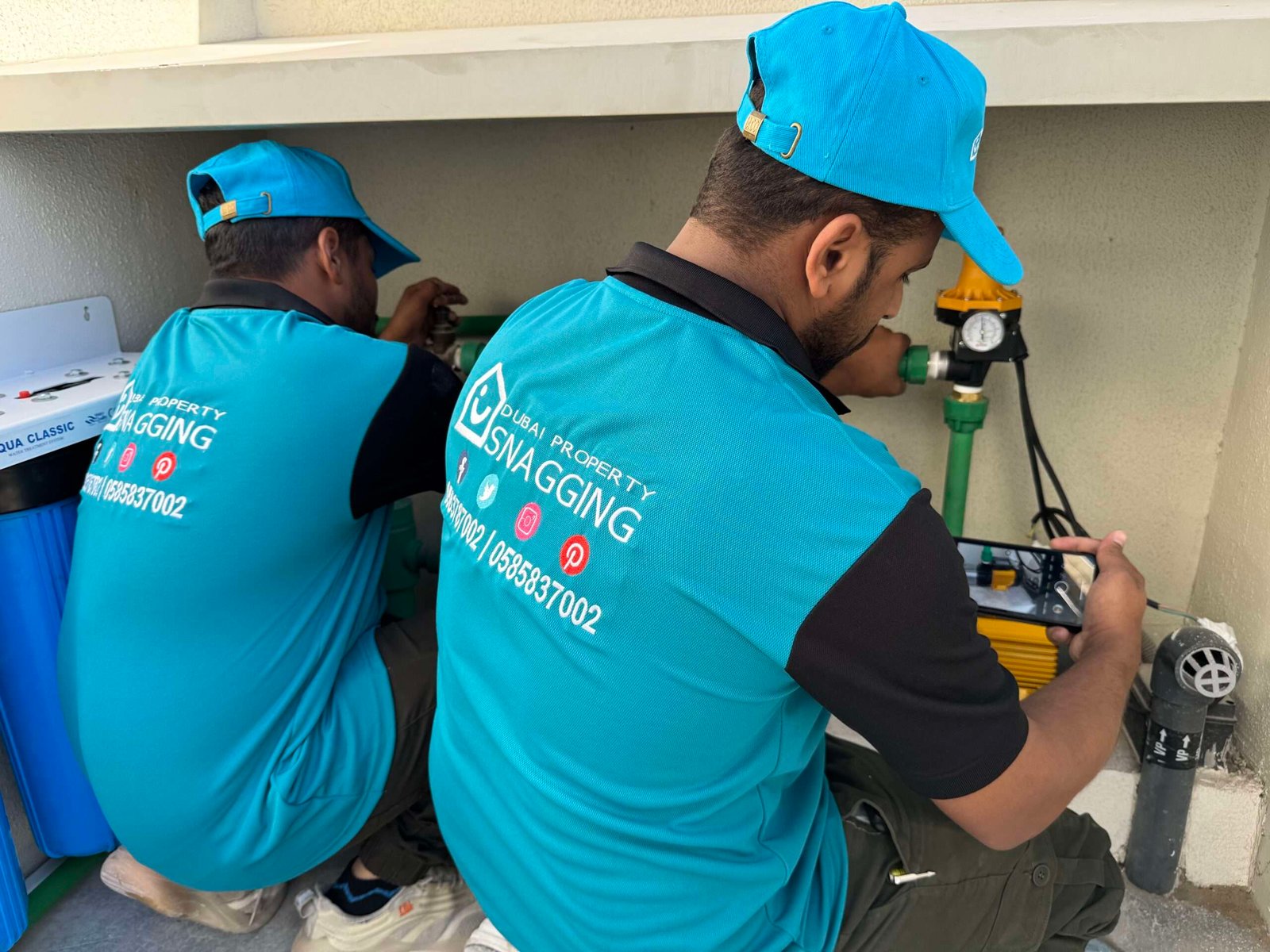Why Regular Snagging Inspections Are Crucial for Property Owners Associations
Property Owners Associations (POAs) play a critical role in managing the upkeep, safety, and overall experience of residents within a community. These organizations are responsible for ensuring that communal spaces are well-maintained, that amenities are in top condition, and that any potential issues are resolved before they escalate into bigger problems. One essential task for property owners associations is conducting regular snagging inspections.
Snagging refers to the process of identifying and addressing minor defects or unfinished work in properties before they turn into major issues. This process is not just important during the handover phase after construction, but it should also be an ongoing activity to maintain the quality of living within the community. Let’s dive into why regular snagging inspections are so crucial for property owners associations (POAs) and how they benefit both property managers and residents.
What is Snagging?
Before we explore its importance, let’s briefly define snagging. Snagging is a thorough inspection process that identifies defects, unfinished work, or any issues that could affect the safety, appearance, or functionality of a property or its amenities. Snagging is typically performed in new constructions, renovations, or in between routine maintenance checks. The goal is to ensure that everything is in top condition and that any problems are addressed early on, before they become expensive or troublesome.
Why Regular Snagging Inspections Are Essential for POAs
1. Preventing Long-Term Maintenance Costs
For property owners associations, the long-term maintenance and repair costs of a community can add up quickly if minor issues are left unchecked. Snagging allows property managers to identify and resolve small defects before they develop into bigger, costlier problems. For instance, a tiny leak in a communal plumbing system or a crack in a wall might seem insignificant, but if left unattended, it can lead to severe water damage or structural problems that are expensive to fix.
By conducting regular snagging inspections, POAs can catch these small issues early and repair them before they cause significant damage, helping to avoid costly repairs and unnecessary spending down the road.
2. Ensuring the Safety and Well-Being of Residents
One of the primary responsibilities of a property owners association is ensuring the safety of residents. Common areas such as hallways, elevators, playgrounds, swimming pools, gyms, and parking lots can pose risks if not properly maintained. Snagging inspections are essential for identifying hazards, whether it’s broken railings, faulty electrical wiring, or damaged flooring that could cause a trip-and-fall accident.
Regular snagging inspections ensure that safety features, such as fire alarms, emergency exits, and security systems, are functioning correctly. Any potential risks can be addressed before they put residents at harm, promoting a safe living environment.
3. Maintaining Property Value and Aesthetic Appeal
Property owners associations are responsible for maintaining the property’s value, and a well-maintained community is one that retains its appeal to both current residents and potential buyers or tenants. Snagging inspections help POAs keep the community’s appearance at its best, whether it’s ensuring that communal landscaping, building exteriors, or amenities like swimming pools and gyms are well-maintained.
Aesthetic appeal is often the first thing people notice when they enter a community, so staying on top of small issues like chipped paint, cracked tiles, or fading signage can go a long way in maintaining the property’s overall image. Regular snagging ensures that the community remains clean, visually appealing, and attractive to current and prospective residents.
4. Improving Resident Satisfaction
When issues are left unaddressed, residents are more likely to become frustrated and dissatisfied with their living environment. This can lead to complaints, lower tenant retention, and a general sense of unhappiness within the community. On the other hand, by conducting regular snagging inspections and resolving issues promptly, property owners associations demonstrate their commitment to maintaining a high-quality living environment.
Residents who see that their POA is proactive in maintaining the property are more likely to be satisfied with their living experience. Happy residents are not only more likely to stay longer, but they also have a more positive perception of the property and are likely to recommend it to others.
5. Enhancing the Longevity of Common Facilities
Common facilities such as clubhouses, gyms, playgrounds, and swimming pools require ongoing maintenance to ensure they stay in good condition for years to come. These spaces often endure a lot of foot traffic and usage, so without regular inspections, they can become worn out quickly.
Snagging inspections help detect wear and tear in these spaces, allowing property managers to address minor issues before they require expensive repairs or replacements. This prolongs the lifespan of these communal facilities, ensuring they remain functional and accessible for all residents.
For instance, swimming pools need constant checks on water systems, filtration, and safety features. Gyms require regular inspection of equipment to prevent breakdowns and ensure safety. Playground equipment needs to be checked for sharp edges, loose parts, and general wear. Regular snagging allows property owners associations to stay on top of these issues and reduce the likelihood of service interruptions.
6. Fostering Transparency and Accountability
Regular snagging inspections promote transparency between the property owners association and the residents. By proactively identifying and addressing issues, POAs show that they are dedicated to the upkeep of the community. This builds trust between the management and the residents, as they can see that their concerns are being addressed and that their living environment is being properly maintained.
Additionally, snagging inspections help property managers track maintenance schedules and document the condition of various facilities. This data can be valuable when making future maintenance decisions or when planning for capital improvements.
7. Ensuring Compliance with Local Regulations
Certain areas of property maintenance, especially those related to safety (e.g., fire safety systems, emergency exits, elevator inspections), are governed by local regulations and building codes. Snagging inspections ensure that the property is in compliance with these rules and that necessary updates are made when regulations change.
Failing to comply with local laws can lead to fines, legal challenges, or even closure of certain amenities until they meet requirements. Regular snagging helps avoid such problems by ensuring that the community is up to code and can continue to operate smoothly.
How to Implement Regular Snagging Inspections
To implement a regular snagging inspection program, property owners associations should:
- Schedule regular inspections: Set up a routine for snagging inspections, whether it’s quarterly, bi-annually, or as needed.
- Hire qualified professionals: While property managers can conduct basic inspections, bringing in professionals who specialize in snagging ensures that no issue goes unnoticed.
- Document findings: Keep detailed records of the issues identified and the actions taken to address them. This helps track ongoing maintenance needs and ensures accountability.
- Prioritize repairs: Not all snagging issues are urgent, so it’s important to prioritize fixes based on safety concerns and the severity of the defects.
Conclusion
Regular snagging inspections are essential for property owners associations to maintain high standards of safety, functionality, and aesthetic appeal in their communities. By identifying and addressing small issues before they become major problems, snagging helps prevent costly repairs, enhance resident satisfaction, and prolong the life of communal facilities. Furthermore, it ensures that the property remains compliant with regulations, protects the investment in the community, and fosters a positive environment for residents. For POAs, making snagging a regular part of property management is an investment in the future success and longevity of the community.


